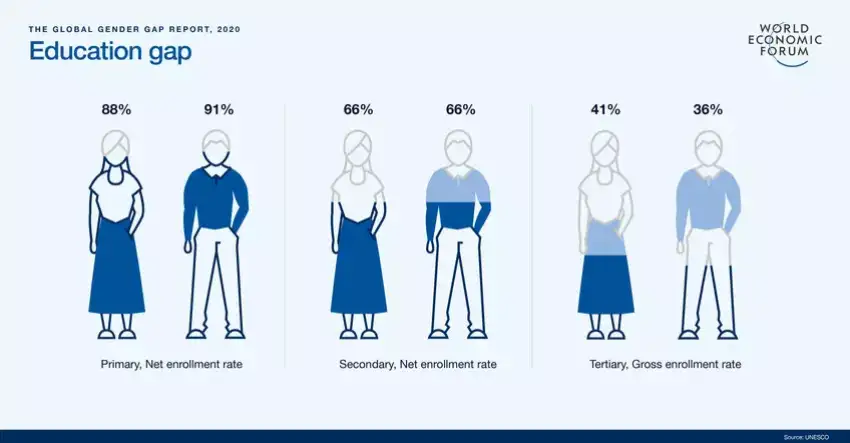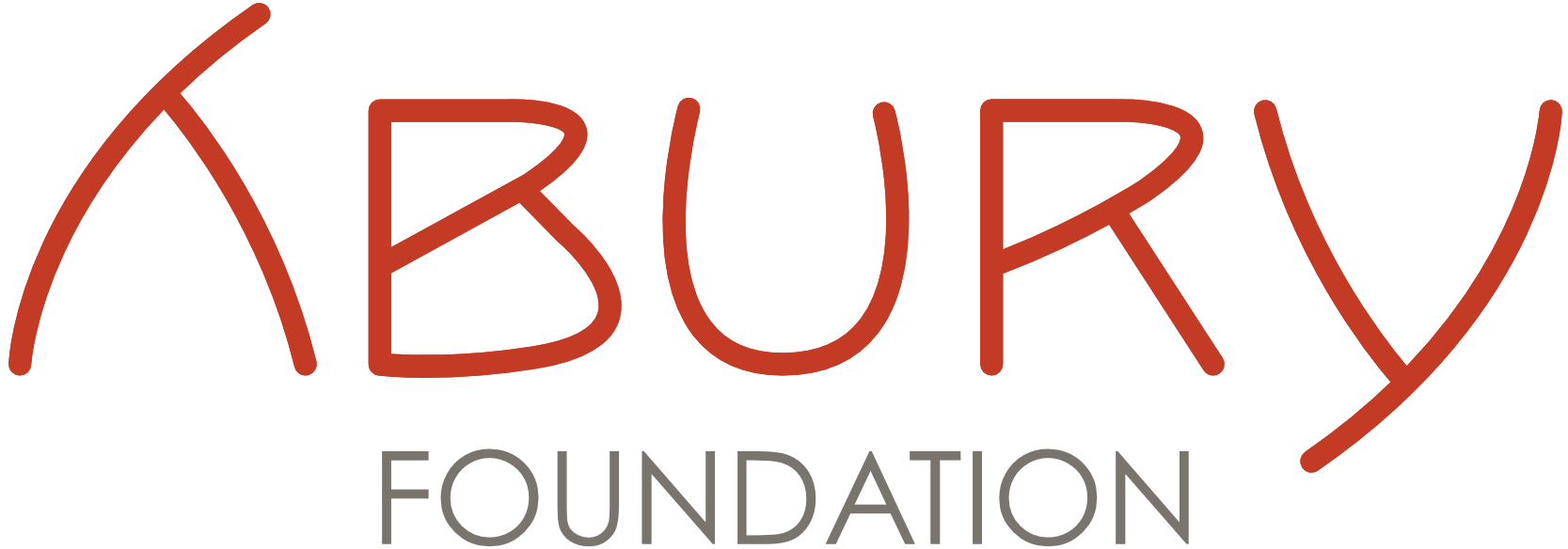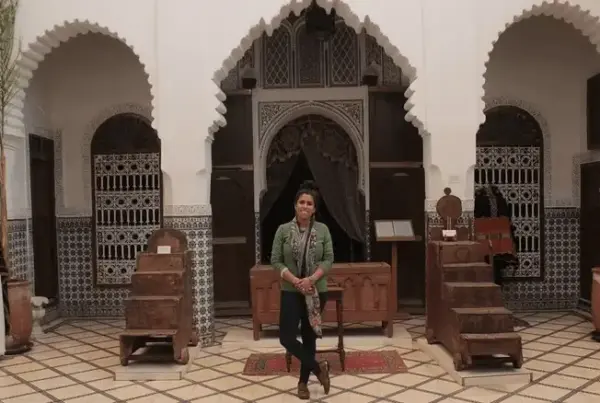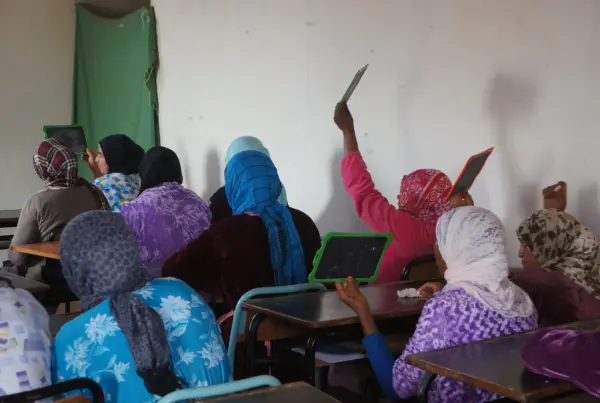The Gender Gap Report has been a must-read at the ABURY Foundation for years. It analyses gender inequalities in four crucial dimensions: Economic participation, education, health and survival, and political empowerment.
Unfortunately, since the beginning of the study, Morocco has always occupied one of the last 10 places (out of 153 countries analysed today). Above all, education and economic participation of women play a major role. The report always offers very exciting and surprising findings. Because we find the report so important, we would like to present a summary of the findings from 2020 here.
Summary of the Gender Gap Report 2021
Although the global gender gap has narrowed, there are still significant barriers to closing it. The Global Gender Gap Index has raised awareness among business and political leaders around the world of the challenges in reducing gender inequality, but no country has yet achieved full parity. The top five countries have closed at least 80% of their gaps, and the leader (Iceland) has closed 82% of its gap so far.”
Overall, the report’s population-weighted average score for 2020 is 68.6%, meaning that gender inequality is about two-thirds eliminated in the 153 countries included in the index. Progress has widened from 2019 to 2020: Some 101 countries have shown improvements in equality in both years, while 48 others have shown either no change or even declines. At the current rate of progress, the global gender gap would disappear completely in 99.5 years.
Access to health and education show the best results in terms of reducing disparities. With a completion rate of 95.7%, most nations have effectively eliminated the global health gap. Some large countries such as Pakistan, India, Vietnam and China lag behind, but only by single-digit percentages. Some 35 countries have achieved full equality in education, although disparities in educational attainment remain. Disparities are greater for those with lower levels of education than for those with higher levels of education.

“Political empowerment is the area where women are severely underrepresented.”
The best improvement has been in the dimension that still scores lowest in the index: political participation. About 75 per cent of the gap remains, as women’s presence in politics is severely limited at the global level.

Now we come to the area of “economic participation”.
Economic participation records a gap closure of 58%. However, this result reflects a decline from the previous year. Researchers attribute the stubborn lack of progress to the disproportionately low presence of women in the labour market. And the divergence increases with the level of leadership – only 36% of senior managers in the private and public sectors are female. Globally, women head only 18.2% of companies; in emerging economies, the percentage is even lower. New skills will help narrow the gender gap in the labour market. To drive economic participation, countries need to prepare future generations for a labour market that requires new skills.

The persistent divergence in economic opportunities should be a wake-up call to policymakers that gender parity must be a priority if countries are to achieve a competitive advantage and greater inclusion. This was definitely the wake-up call for us at ABURY Foundation. We want to support women to enter the workforce, earn their own income and become independent. To do this, we used 2020 to sharpen our strategy. Because “investing in women is simply smart economics”.
To learn more about the World Economic Forum’s Gender Gap Report, click here: weforum.org



